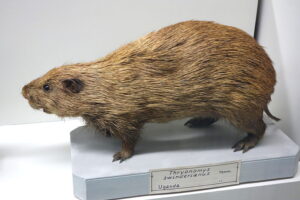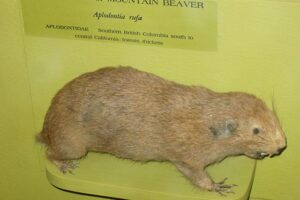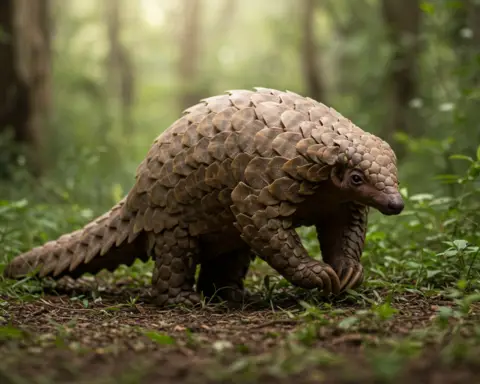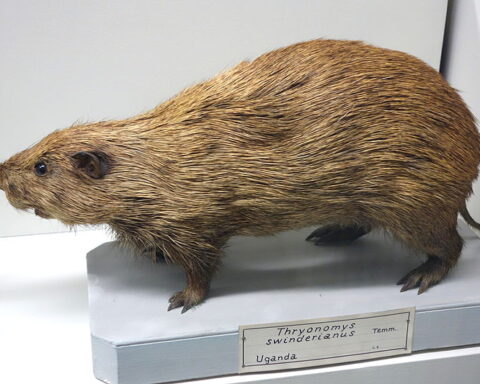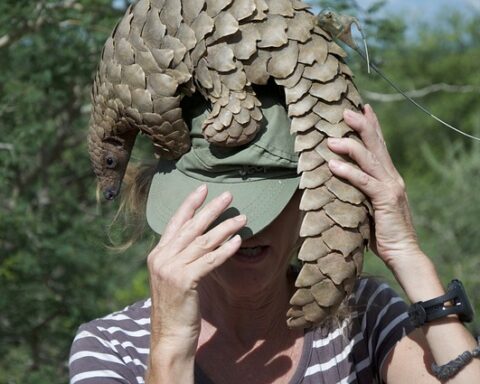Mountain beavers do not hibernate and so are active throughout winter. They are primarily nocturnal but are frequently active for short periods during the day.
Mountain Beaver Habitat
Habitats used by mountain beavers vary, but are typically forests with dense patches of herbs and shrubs. This vegetation supplies not only forage, but also security and thermal cover. On forested slopes, mountain beavers are frequently found in thickets of diverse vegetation near streams.
In closed canopy forests, mountain beavers tend to be associated with canopy gaps created by disturbances such as root-rot and windfall. These openings allow light to penetrate the forest and promote growth of herbs and shrubs. The fallen trees form the main structures beneath which mountain beavers construct tunnels and runways to access foraging sites in their home range. Mountain beavers readily occupy early seral stages after logging as long as there is sufficient cover and food.



